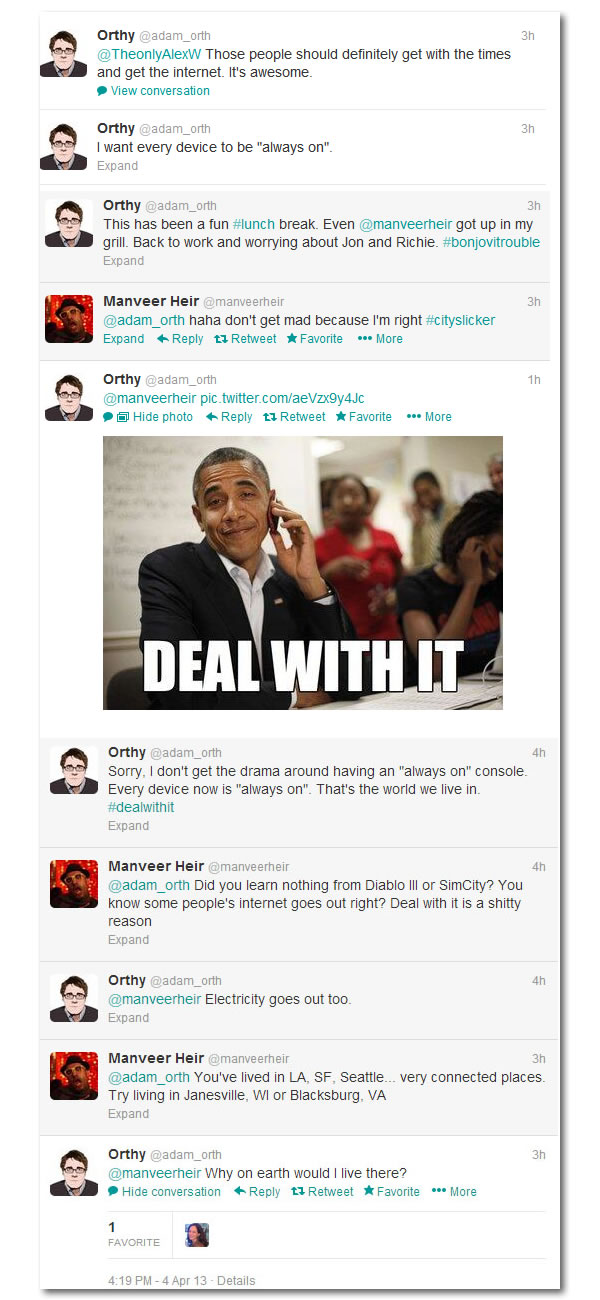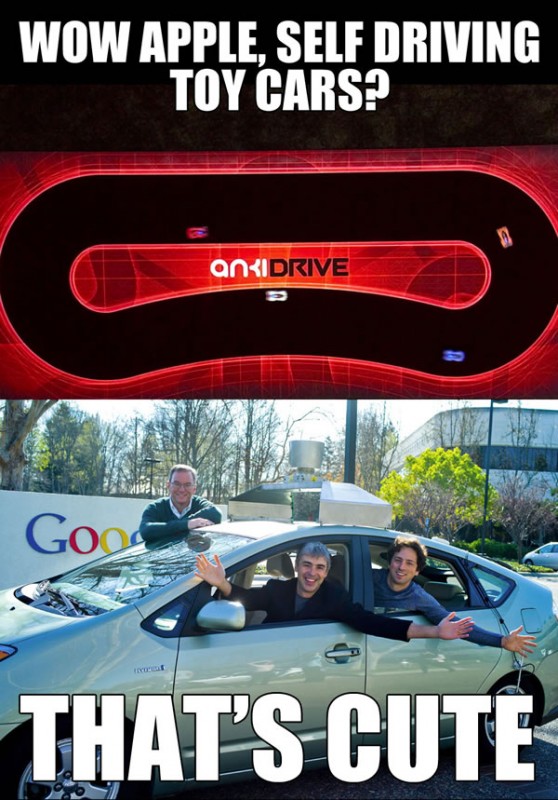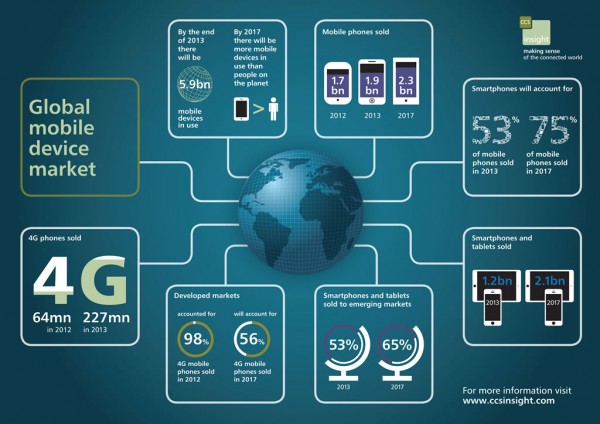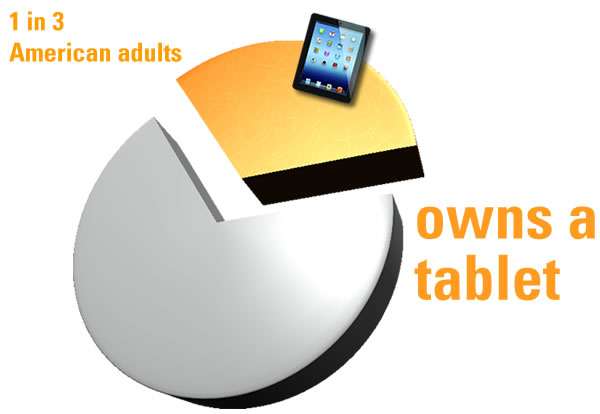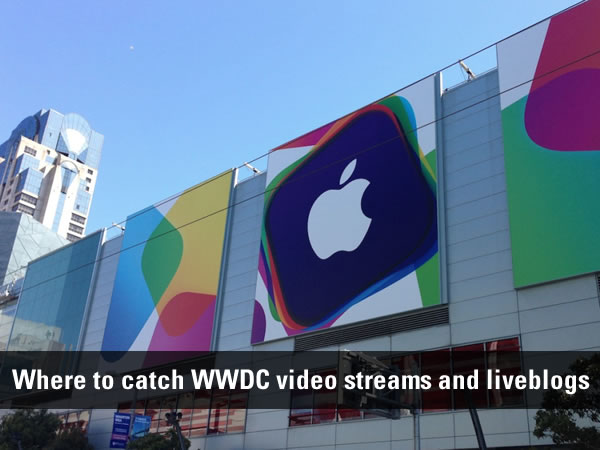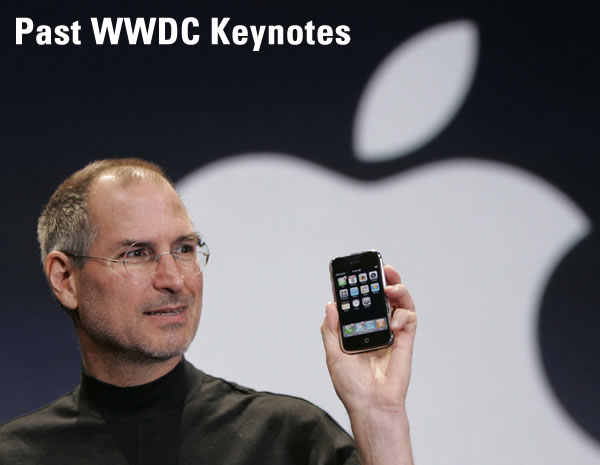The Always Connected: How Smartphones and Social Keep Us Engaged report sponsored by Facebook and written by IDC provides some interesting insights not just into Facebook usage, but smartphone usage in general. Here are some of their observations:

- 79% of the survey respondents check their smartphones within 15 minutes of waking up.
- 62% of the respondents reach for their smartphone immediately after waking up.
- 44% reach for their smartphone immediately and use it as an alarm clock (I myself fall into this category).
- If you consider only the respondents between the ages of 18 and 24, these numbers get about 10% higher:
- 89% check their smartphones within 15 minutes of waking up.
- 74% reach for their smartphone immediately after waking up.
- 54% reach for their smartphone immediately and use it as an alarm clock (I myself fall into this category).
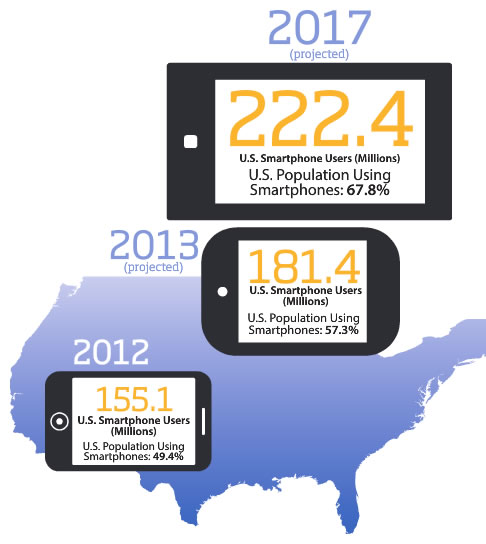
- 79% of the survey respondents keep their smartphone handy for all but two hours of their waking day. The report doesn’t say what happens during those two hours.
- 63% of the respondents keep their smartphone handy for all except one hour of their waking day.
- 25% couldn’t recall any time when their smartphone was not close by.
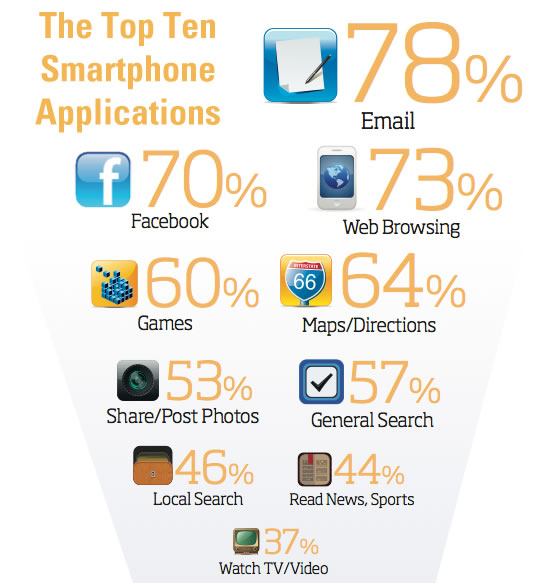
- “Weekend” usage — if we count Friday, Saturday and Sunday as the weekend — is nearly double weekday usage:
- Respondents spent 163 minutes communicating and using social media on their smartphones from Friday through Sunday.
- They spent 87 minutes communicating and using social media on their smartphones from Monday through Thursday.
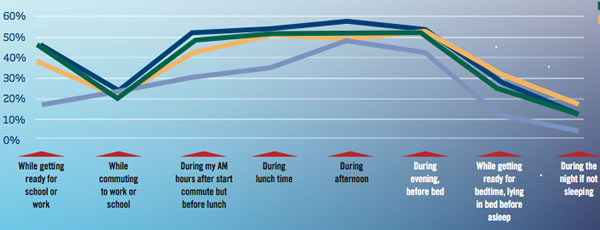
Whether you’re interested in how people use Facebook or smartphones, you’ll want to check out this report, which you can download for free here.



